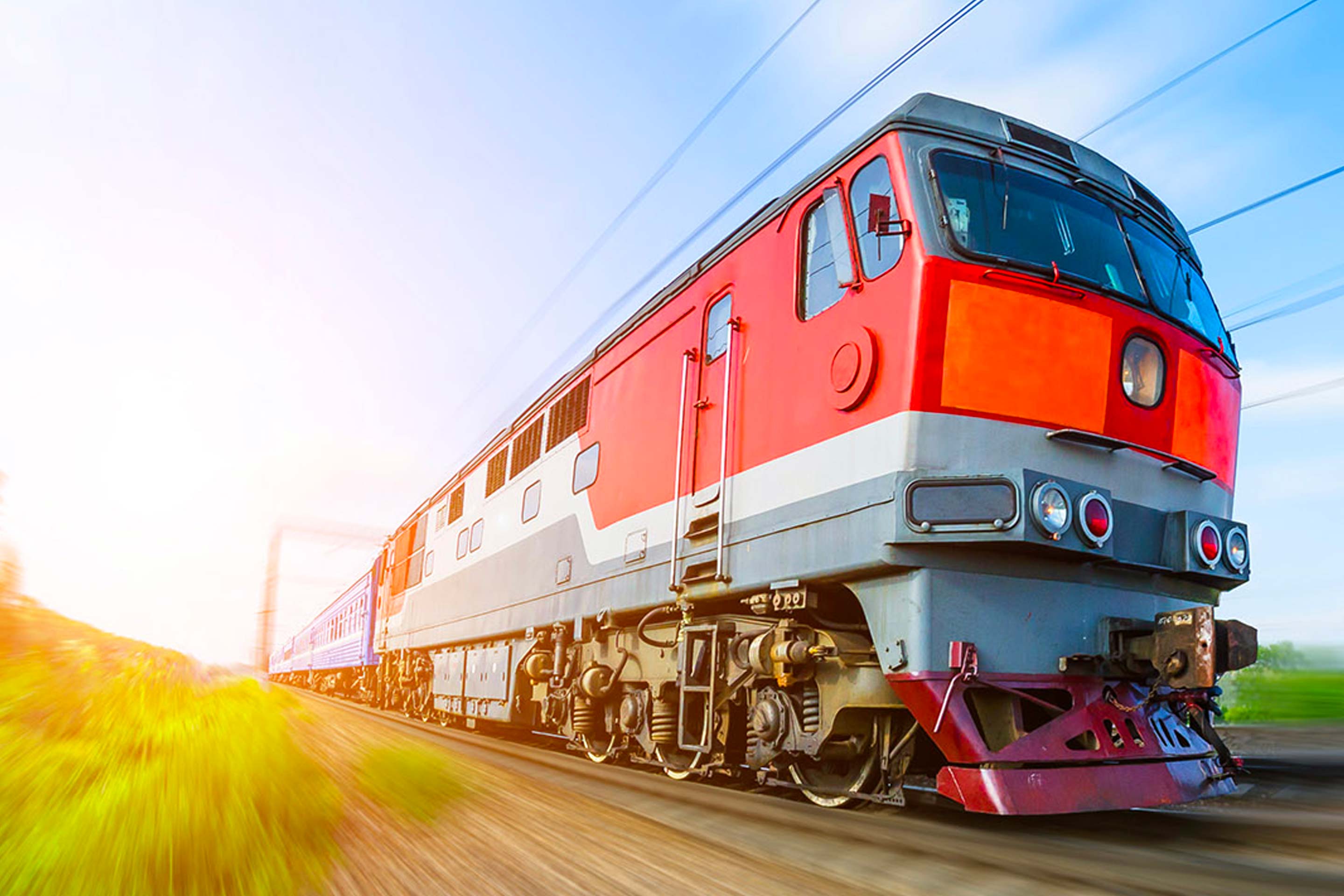Over the past century and more, vehicle manufacturers have experimented with and settled on a wide range of different motion and fuel sources, from steam power, to the internal combustion engine, to electric motors. Sometimes, as with diesel electric trains, vehicles feature more than one technology to deliver the most efficient drivetrain.
In the case of diesel electric trains, a diesel engine is used to generate the electricity that drives electric motors, which in turn propel the locomotive. This raises plenty of questions: Why not simply power the train using the engine? Or why not power the motors using batteries or external power lines? What are the benefits of combining more than one technology?
Using diesel engines instead of power lines or batteries
Electric vehicles are becoming increasingly widespread, but the way they’re powered differs between vehicles. While electric cars or buses are generally powered by batteries, trains – which travel longer distances over long periods of time – require a power source better suited to their specific requirements.
Many electric locomotives get the energy required to power their electric motors from power lines that run alongside the track – either on the ground itself or in the form of overhead power lines. This isn’t always possible or economically viable, however, which is why diesel electric trains also exist.
Where power lines aren’t a possibility, generating power for the electric motors using a diesel engine is particularly efficient, providing a host of advantages that solutions such as batteries can’t match.
To travel hundreds or thousands of miles in a single pass, trains would require a huge number of batteries, for example, adding weight, reducing speeds, cargo capacity and increasing downtime, with the need for charging between or during journeys.
A diesel engine is a relatively affordable and flexible solution for power generation. It requires a small amount of space on the train, can be refueled quickly almost anywhere in the world, and it can be easily maintained by experienced technicians. And, unlike fully electric trains, diesel electric trains can travel where electric power lines are not a possibility.
So why use electric motors?
It’s easy to see the benefits of diesel engines as a means of power generation, but why introduce the cost and complexity of electric motors at all, and why not just use a diesel engine to actually propel the train? It all comes down to efficiency; electric motors are far more efficient than internal combustion engines when it comes to creating mechanical energy, and this is particularly relevant with trains.
The stop-start nature of railways, and the need to move thousands of tons, is ideally suited to efficient high-torque electric motors, which don’t require a mechanical transmission, clutches or other parts that can easily fail or wear prematurely under such testing conditions, while the diesel engine can instead run at a more constant load, where it’s less affected by more challenging operating conditions.
This means increased efficiency, with lower fuel consumption and reduced emissions. And, because the engine only needs to power electric motors rather than move an entire train, the risk of breakdowns is reduced.
Using turbochargers for even greater efficiency
As with internal combustion engines that are used in more traditional ways, engines used as power generators in diesel electric trains are also considerably more efficient thanks to the use of turbochargers.
Turbocharging can provide up to 400% more power than a naturally aspirated engine of a similar size, enabling manufacturers to use smaller engines without an impact on performance, but the benefits don’t stop there. Using forced induction delivers the potential to save a considerable amount of fuel, while cutting down on emissions.
Our customers have also seen benefits from the use of turbochargers in more challenging conditions, such as running on the Golmud-Lhasa Railway, at the heart of the Tibetan Plateau, where extreme temperatures and altitude put machinery to the ultimate test.
In this case, we worked with CRRC Dalian to optimize its locomotives using the TPR61-F turbocharger, significantly increasing the air input into the diesel cylinder. As a result, the diesel engine benefitted from improved exhaust gas temperature performance and fuel consumption on the plateau, reducing smoke emissions and also enhancing engine reliability and efficiency.
So, while it may appear that the combination of technologies such as electric motors, internal combustion engines and turbochargers is a complicated solution, in some cases it’s also the most reliable and efficient.














